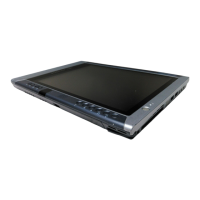
Do you have a question about the Fujitsu Stylistic and is the answer not in the manual?
| Operating System | Windows 10 Pro |
|---|---|
| Processor | Intel Core m5-6Y57 |
| RAM | 8GB |
| Storage | 256GB SSD |
| Connectivity | Wi-Fi, Bluetooth |
| Ports | USB 3.0, MicroSD card slot |
| Camera | Front: 2MP, Rear: 5MP |
States compliance with FCC Part 15 rules, subject to two conditions for operation.
Explains the manual's purpose, covering the Stylistic Tablet PC's hardware and system software.
Details conventions for keyboard keys, cross-references, on-screen buttons, and commands.
Provides contact details for Fujitsu service and support, including required information for inquiries.
States that the Stylistic Tablet PC is backed by an International Limited Warranty.
Details the front, back, top, left, and right side features and controls of the Tablet PC.
Explains icons in the status display indicating system functions like power and battery charge level.
Details the six application buttons, their primary, secondary, and tertiary functions.
Describes the two navigation buttons and their dual functions for scrolling and cursor movement.
Explains how buttons function during system boot-up for BIOS navigation and menu access.
Details how five buttons are used for security functions: password entry and confirmation.
Provides information on setting up the security panel and managing passwords.
Explains how the security lock works upon system resume and handling incorrect password entries.
Offers options for uninstalling the security panel software and managing associated passwords.
Instructions for reinstalling the security panel application using the CD.
Explains the various connectors and peripheral interfaces on the Tablet PC.
Details USB, headphone, monitor, modem, DC input, microphone, IEEE 1394, LAN, and Kensington ports.
Describes infrared ports, wireless LAN location, and pen holder.
Explains system states (On, Idle, Suspend-to-RAM, Hibernate, Off) and their power consumption.
Provides procedures for starting and safely shutting down the Tablet PC.
Allows suspending operation without closing programs to conserve battery power.
Explains how to resume system operation from Suspend-to-RAM or Hibernate modes.
Details two methods for adjusting the display brightness via system settings.
Explains pen usage for input, selection, navigation, and its components.
Information on pen calibration and attaching a pen tether.
Instructions for replacing a worn or damaged pen tip using the included tool.
Explains how to charge the battery and notes on charging behavior and battery type.
Details battery removal and installation, including bridge battery operation.
Provides suggestions to extend battery life by conserving power.
Explains how to connect the modem jack to a telephone line.
Explains support for Memory Stick and SD cards for data storage.
Allows installation of Type II PCMCIA Cards.
Explains DIMM slots and the process of installing or removing memory modules.
Instructions for installing a screen protector to keep the screen clear and protected.
Guidance on storing the Tablet PC properly to maintain battery health.
Explains how the system manages temperature and how to prevent overheating.
Instructions for cleaning the display screen gently.
Provides solutions for common problems like system not resuming, blank screen, cursor issues, and IR data transfer.
Overview of the integrated wireless LAN, types covered, module characteristics, and modes.
Recommendations and precautions for optimal wireless communications.
Explains how to stop wireless LAN transmission using the wireless switch or Windows settings.
Details the procedure for connecting to a wireless LAN.
Explains the necessary preparations, including assigning parameters like SSID and network key.
Covers setting TCP/IP and confirming computer/workgroup names for network connection.
Steps to set up file and printer sharing with other network-connected computers.
How to confirm network connection and check wireless radio status using Intel PROSet.
Configuration of power-saving functions and setting channels for ad hoc connections.
Lists common wireless LAN problems like connection failures and provides solutions.

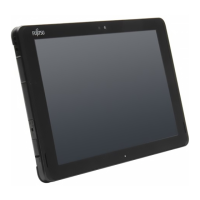
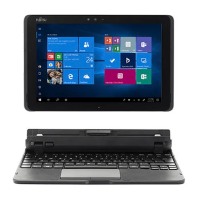
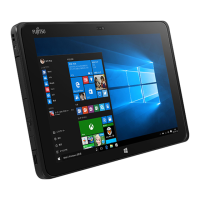
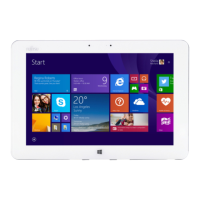
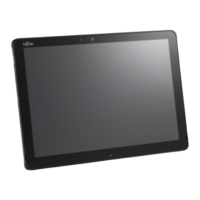
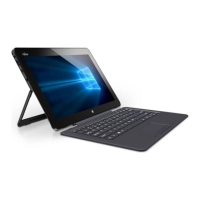

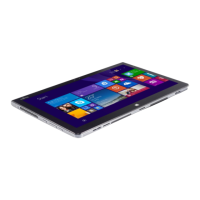
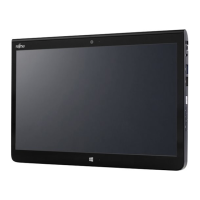
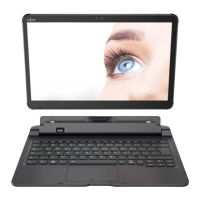
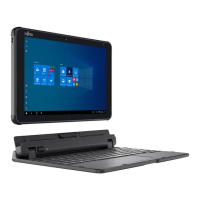
